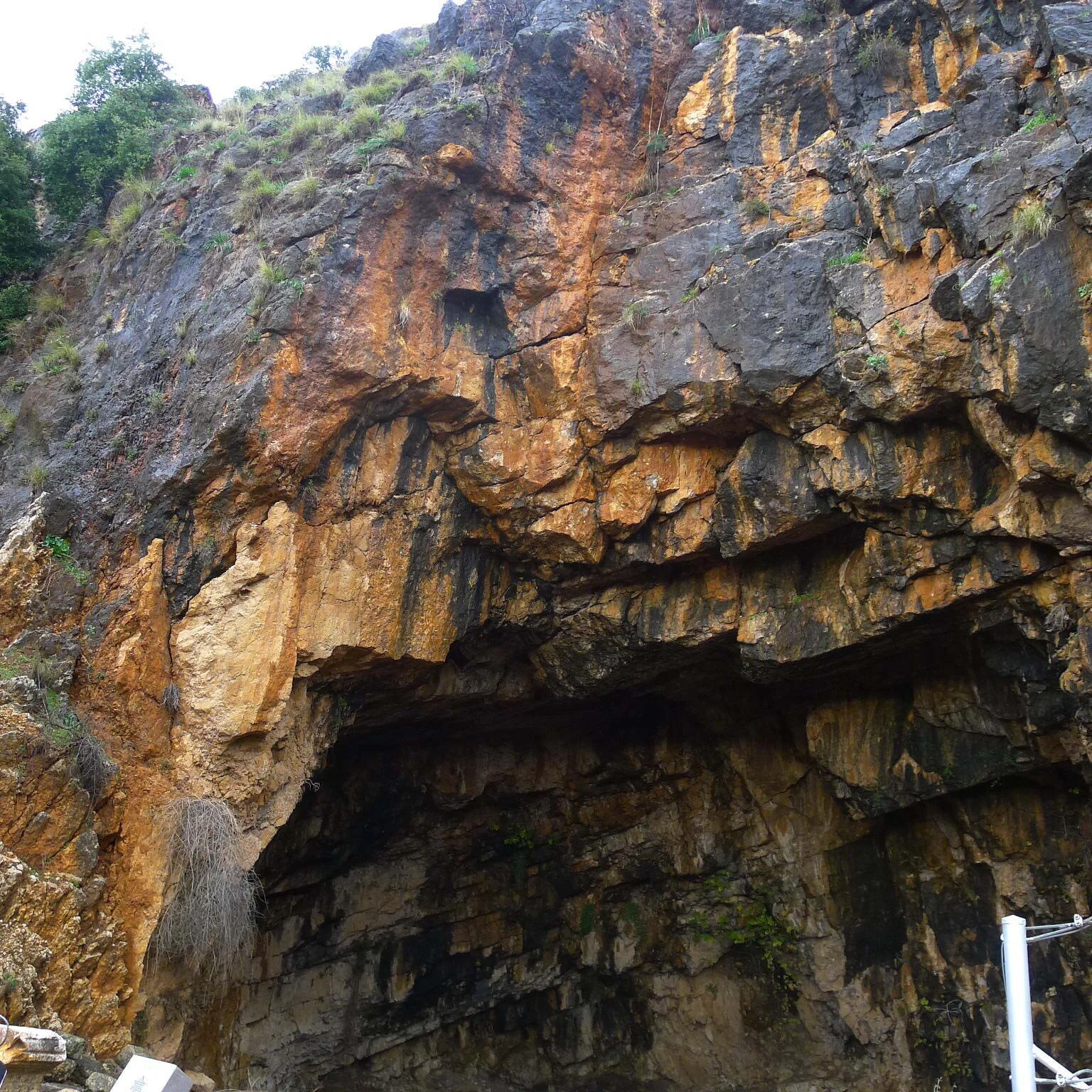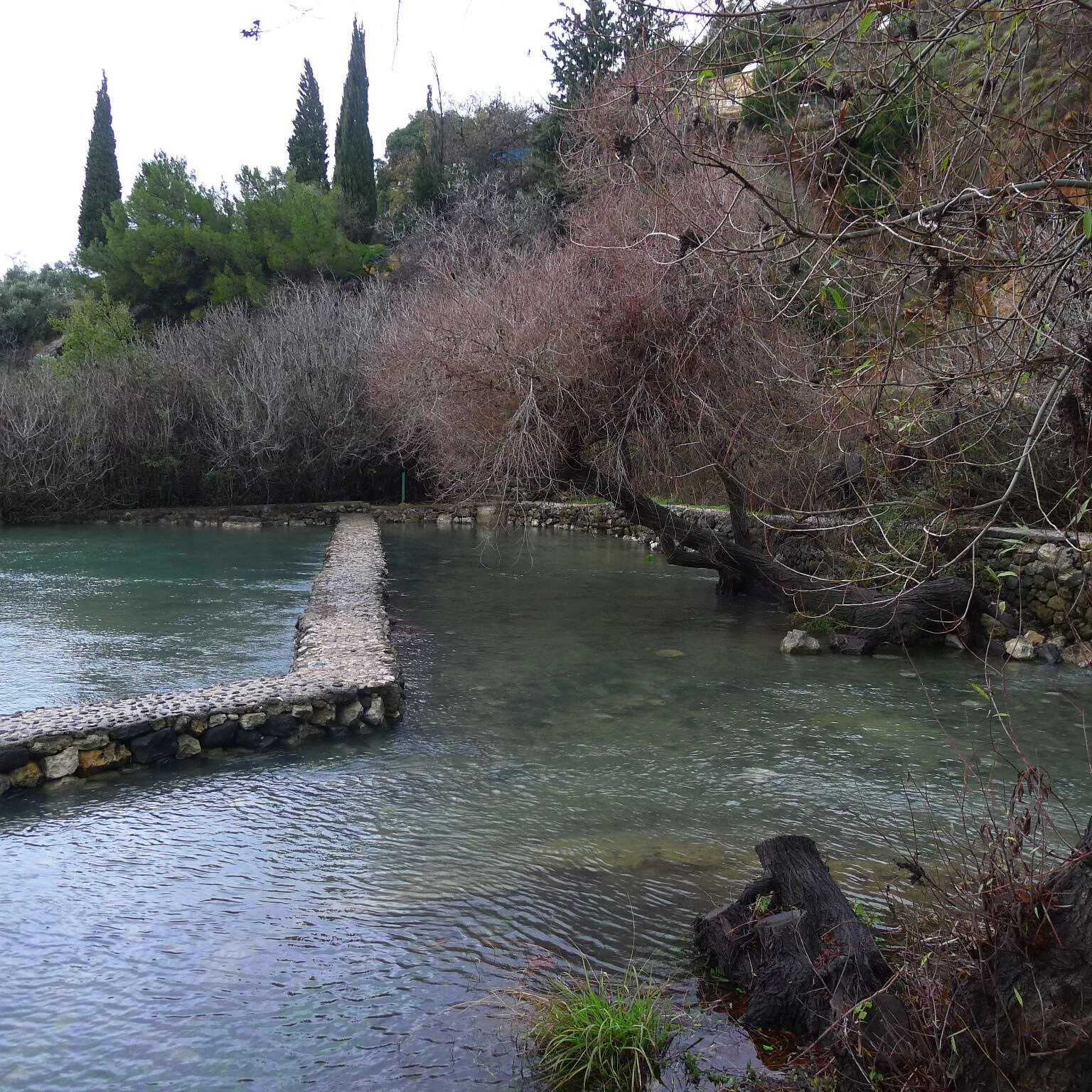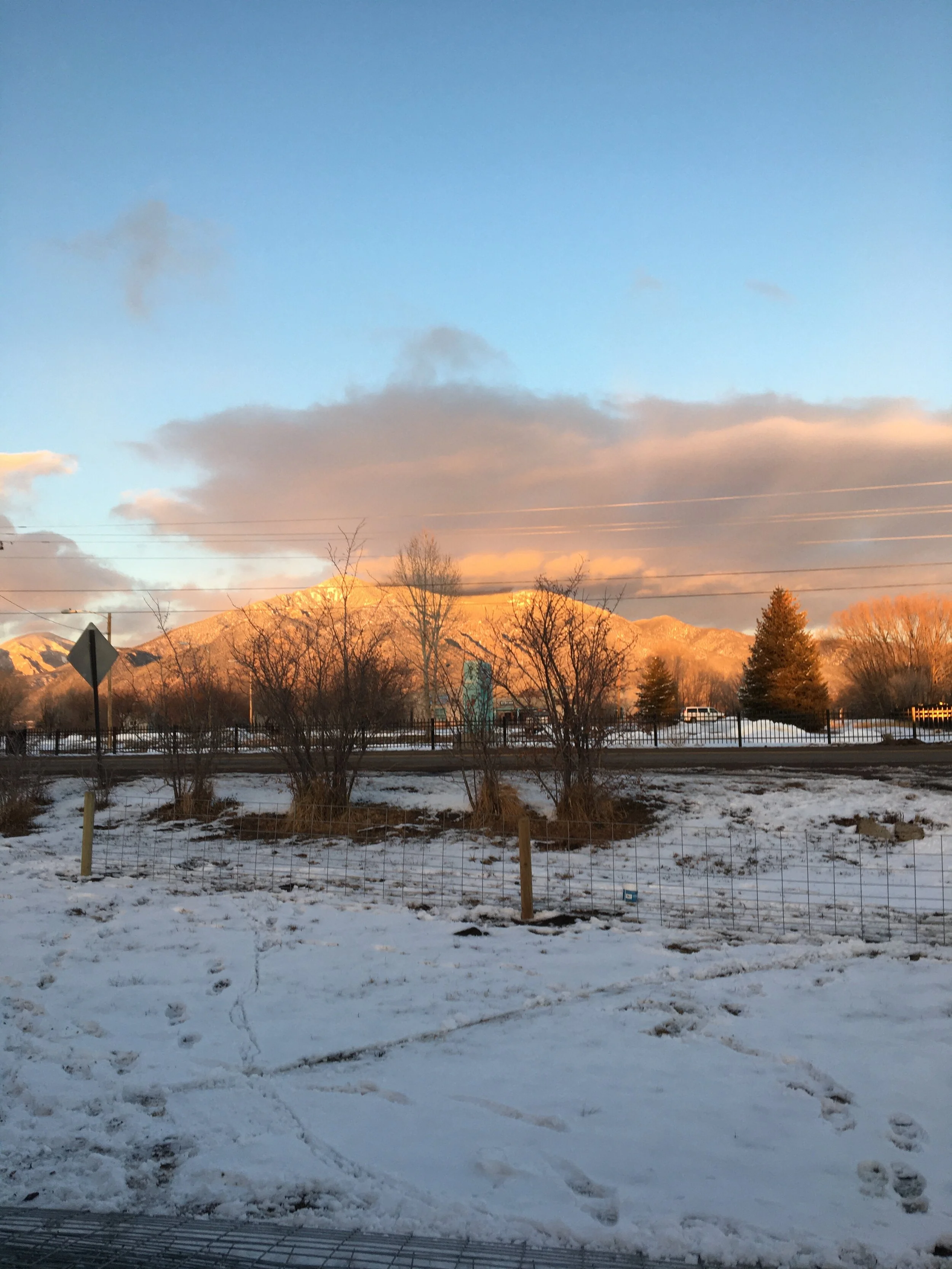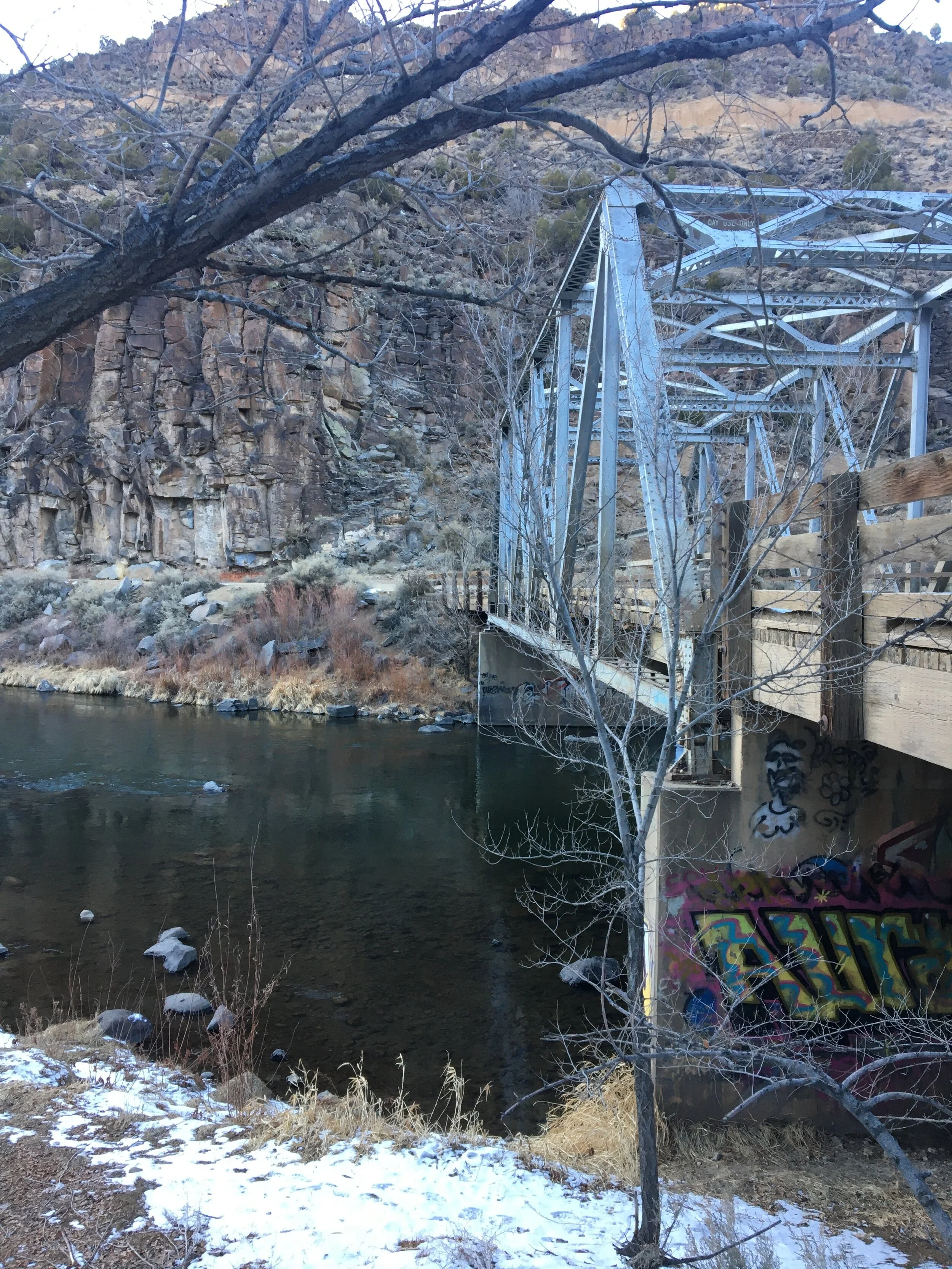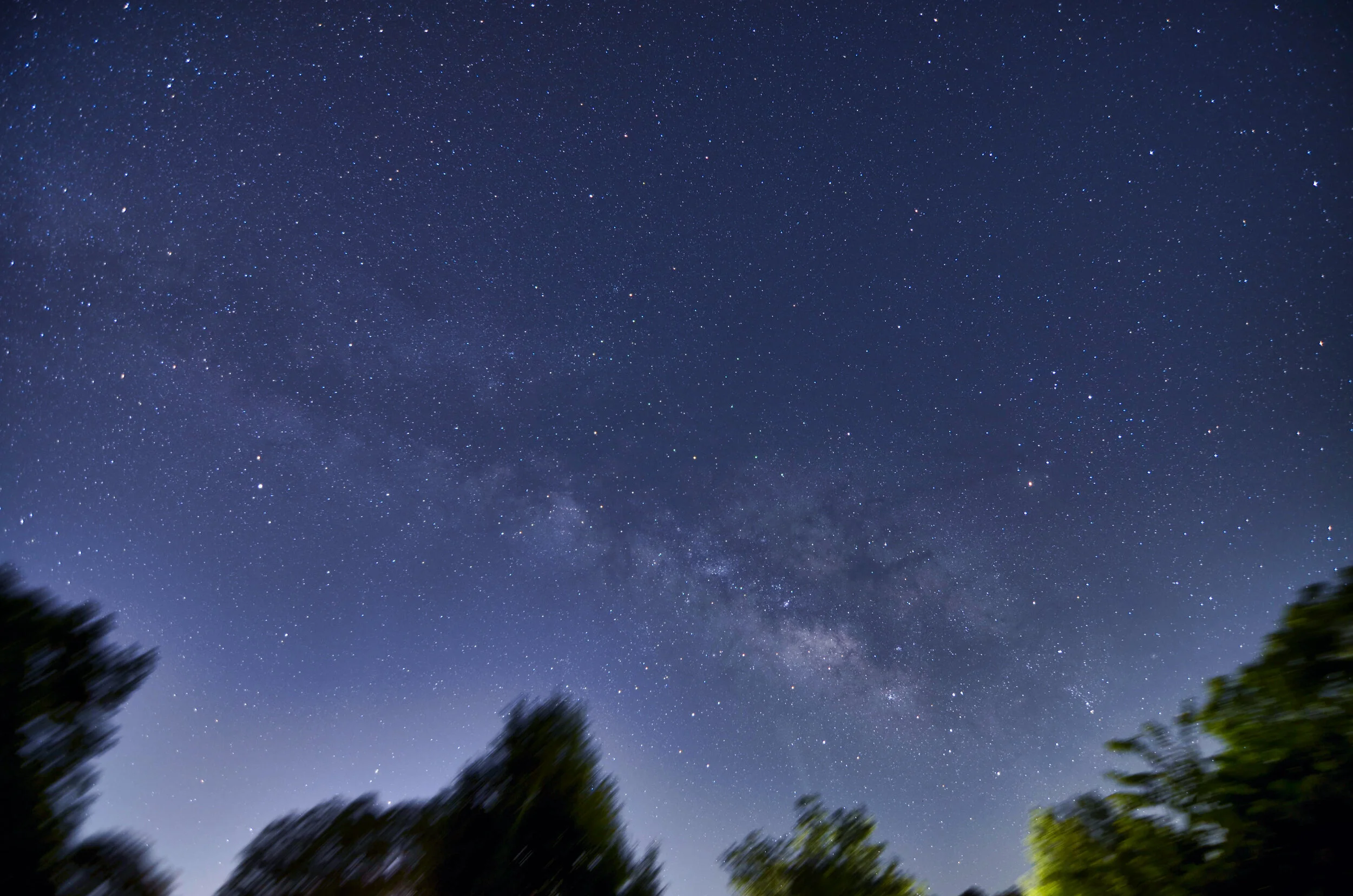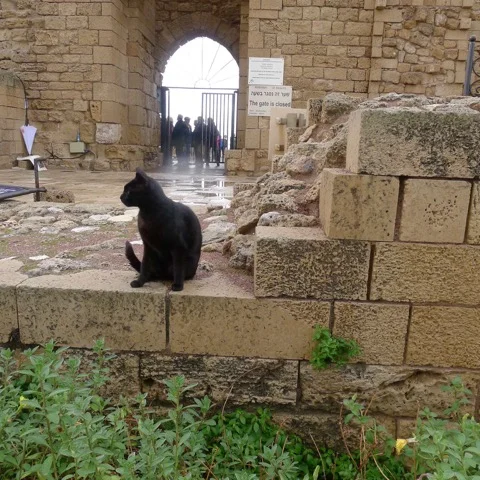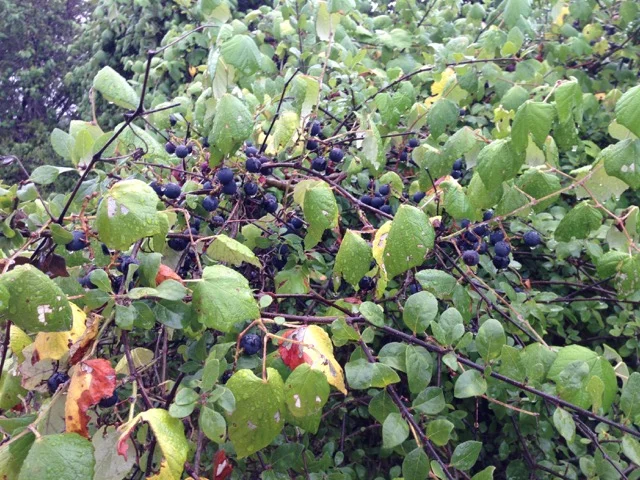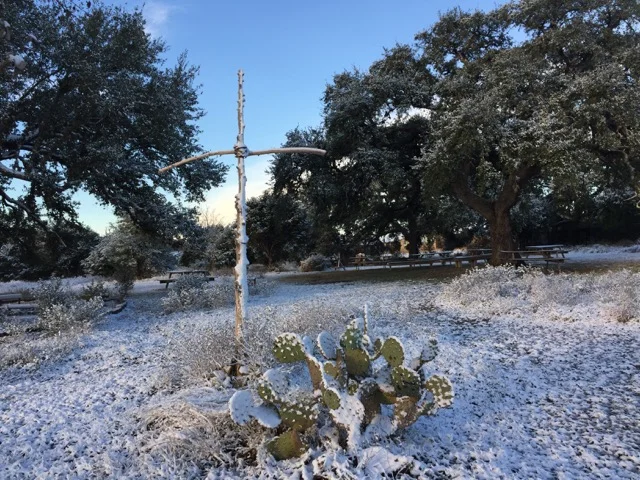Well, There is the River (Rev. Carmen Retzlaff)
This sermon was presented with the people of Taos United Community Church, on the land of the Tiwa people of the Taos Pueblo, in what is now known as the state of New Mexico, on February 28,2021. All photos by Carmen Retzlaff.
Mark 8:31-36 (NRSV)
Then he began to teach them that the Son of Man must undergo great suffering, and be rejected by the elders, the chief priests, and the scribes, and be killed, and after three days rise again.
He said all this quite openly. And Peter took him aside and began to rebuke him.
But turning and looking at his disciples, he rebuked Peter and said, "Get behind me, Satan! For you are setting your mind not on divine things but on human things."
He called the crowd with his disciples, and said to them, "If any want to become my followers, let them deny themselves and take up their cross and follow me.
For those who want to save their life will lose it, and those who lose their life for my sake, and for the sake of the gospel, will save it.
For what will it profit them to gain the whole world and forfeit their life?
Lately, when the world of humans seems a little more crazy than usual, I look out the window from our house, and see the snow cap of Taos Mountain.
And I think, “Well, there is the mountain.”
I find myself, as many do, touching base with nature, and remembering that more is going on here than what we call “current events.” The scope of creation is very big, bigger than countries and cities. The timeline of earth is very long, longer than pandemics and empires.
When I had the great good fortune to visit Caesarea Philippi as part of my last seminary class in 2012, I got there, and I wondered, I marveled, and I said, “Oh, yes, there is the river.”
Jesus went to Caesarea Philippi - but why? And why does it matter where they went? These stories have place. The famous verse right before the passage we read for today is:
27 Jesus went on with his disciples to the villages of Caesarea Philippi; and on the way he asked his disciples, “Who do people say that I am?”
And this is in chapter 8 of Mark. Back in chapter 6, when Jesus had returned from near Jerusalem where he had been baptized in the Jordan by John, we learn that John had been imprisoned by Herod. John will soon be killed. In chapter 7, Jesus is questioned about his growing ministry. Jesus and his followers are getting attention, and they are nervous.
They leave the country - to Roman Syria, to the coastal cities of Tyre and Sidon. Then Jesus takes them to Ceasarea Philippi.
Herod the Great was the Jewish king of Roman Judea in the Christmas story at Bethlehem. In 4 BCE, Herod died and his kingdom was divided up among his three sons: Herod Antipas was ruler of Galilee, Archealus had the most powerful piece, the south, including Jerusalem, and Herod Phillip had the north, including Ceasarea Phillipi. Jesus and his friends are north of the border, out of the country, and lying low.
This helps me understand the tone of this kind of confusing conversation with Peter. They are in the busy streets of Phillip’s capital, and Jesus is talking about the authorities in Jerusalem killing him. Maybe Peter says, “Hush, Jesus! Don’t say that! We will try to stop that from happening - we will try to protect you.”
And Jesus says, get behind me, deceiver, sa-tan. Jesus and Peter were friends, and Jesus was being real. Jesus says, “Get in line, have my back, because this is going to be dangerous and end in what will appear to be disaster.” He wants them to know what they are in for, a warning: Get behind this crazy plan, or leave now.
And that is interesting, but to me what was most interesting is the place. Maybe Mark’s readers and hearers knew the place.
The town today is called Banias (Banyas), it is mostly an archeaeological site, mostly abandoned. Banias is the Arabic pronunciation of Panias - the Greek city founded in the 300s BCE after Alexander the Great made the region part of his empire. The Greeks made a shrine to Pan at this place: Pan - the nature god, the “god of desolate places.” Afterwards, Herod Phillip made it his capital, and named it Caesarea, after Roman Emperor Augustus.
When Jesus and his followers were there, it was impressive: there was a royal palace with Italian marble checkerboard floors that you can still see. People from all over the known world came to see this place. There were niches you can see in the rocks where there were shrines to Pan, to the nymphs, to Nemesis and other Greek and Roman gods, and probably busts of Ceasar. There was also a Jewish synagogue; later there would be many Christians, the Ottomans, and eventually mosques. A holy place for many across the ages.
Niche in stone wall at Banias.
But there is more to this site than recorded human history. It is hard to describe the beauty of the red rocks, and the lush green landscape.
Before the shrine to Pan, long before, this was a prehistoric shrine to semitic nature deities - there are oil lamp remains that indicate ancient rituals, or, some think, picnics, at this spot.
The big natural feature is a deep cave, from which once gushed waters that came down from the snow-capped mountains of what is now the border between Syria and Lebanon, including Mt Hermon, a possible site of the Transfiguration. (There are ski resorts there now.) Now the waters don’t gush so much as seep through the rock wall. But this is part of the headwaters of the Jordan River.
This area is also the Golan Heights: the headwaters of the Jordan down to the coast of the Sea of Galilee (show map). Contested for much of human history, and most recently since the 1960s, when Israel occupied the territory, taking it from Syria.
Standing in the ruins of Caesarea Philippi, I thought, “Oh. Yes, this is about water.” In a human strategic sense of power: this is about who controls the water. In the even larger story, being there, you have the sense of this as an ancient place of spiritual power.
Headwaters of the Jordan, Banias
So that makes even more sense of this story, in terms of what Jesus is saying. He is telling them, “This is bigger than the current situation. This is snowmelt from great mountains. Bigger! This is water welling up from the deep, deep earth. Even bigger. And our project together is nothing less than writing a new story of life and death.
It is scary. But now it is time to push through, to be brave. To trust me into the fire, into the terror. Trust me that resurrection follows death. Get behind me, and follow, in radical trust,” Jesus says.
Sometimes the world seems scary, like it does now, like it did in Roman-occupied Galilee and Judea. At times of uncertainty, it is hard to trust in the story and the promise of Resurrection. That Spring will come. That justice will be served. That love will win.
So.
There is the mountain.
There is the river.
Maybe Peter looked up at the mountains or into the watery void, and thought, “OK, I will follow. Because there is Mount Hermon. And there is where the mighty Jordan begins.”?
Nature grounds us, helps us move forward. In this place, in Taos, we say: There is Taos Mountain. There is the Rio Grande.
Trusting in the impossible promises of snowmelt, and water flow, and kindness as big as mountains.
Taos Mountain
Rio Grande

